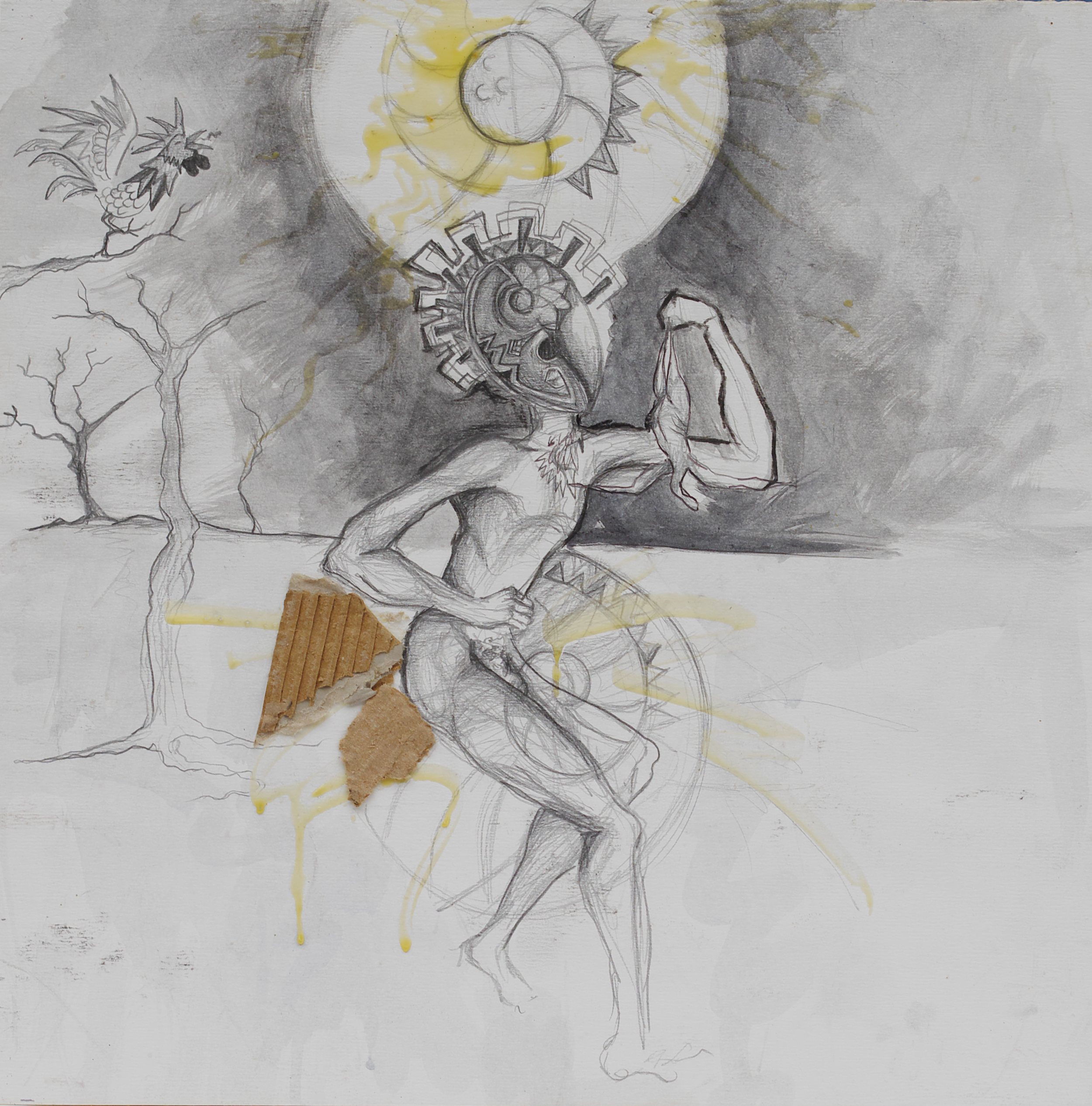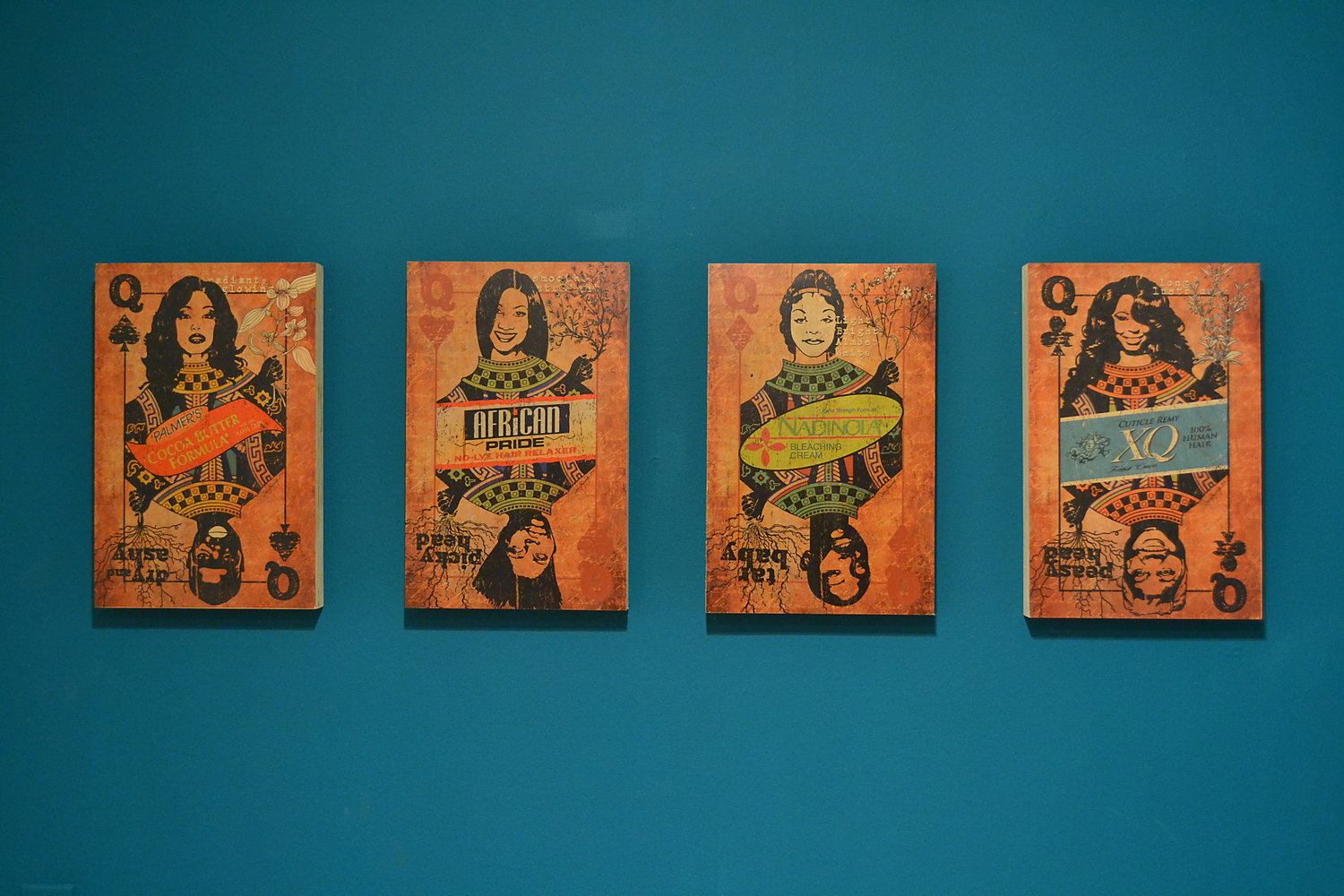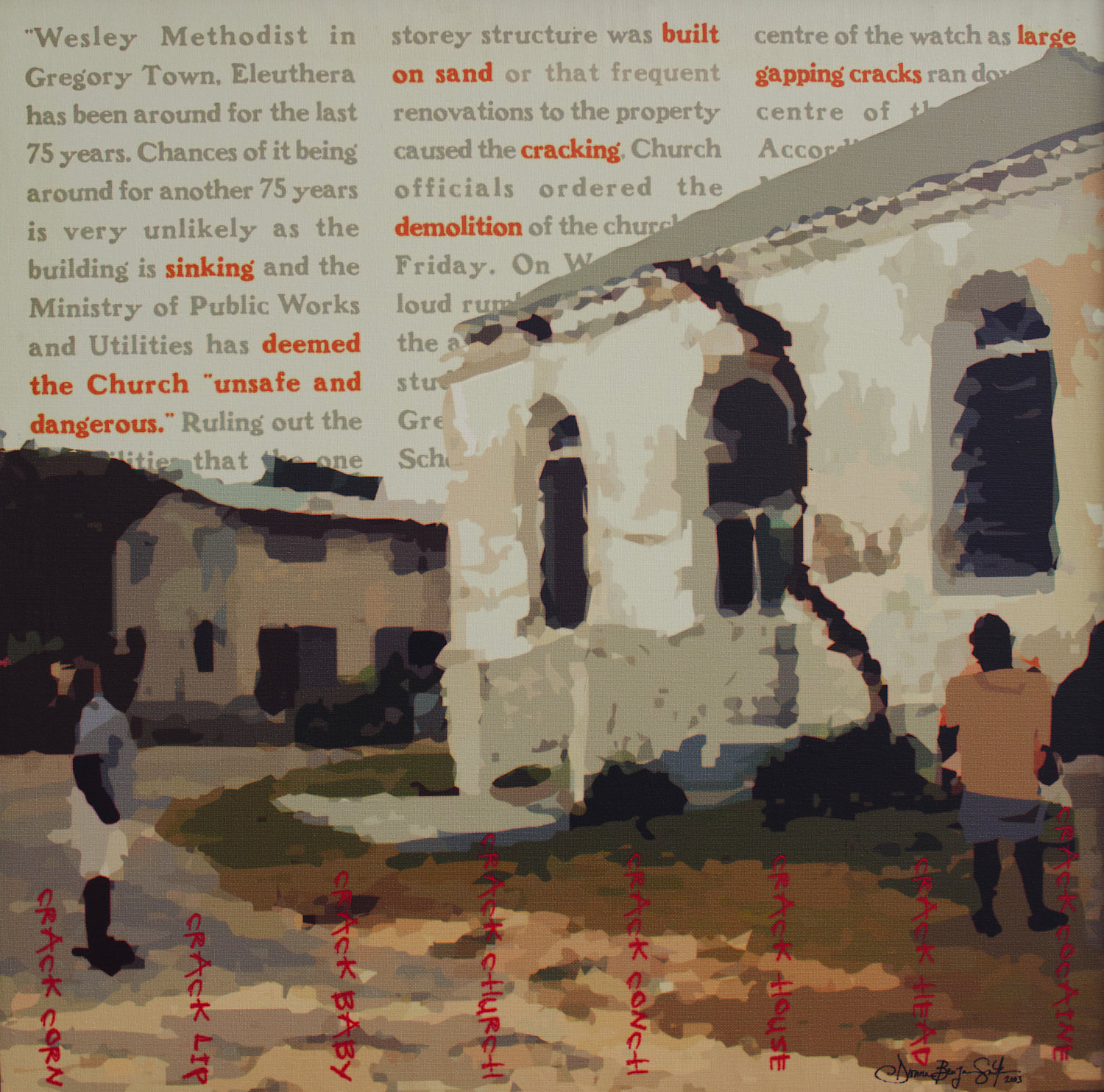By Dr Ian Bethell-Bennett. The Bahamas, according to the discourse, is a Black country. Majority Rule was established in 1967 and, since then, the language of nationalism has been extremely narrow, exclusive and definitive. Before the power of the majority was inculcated into the halls of Parliament, the language was very different, and usually overlooked the Black population, except as inferior subordinates. However, the face of The Bahamas, while changing, has changed little when seen through messages deployed through art. Yes, art has evolved and developed. The understanding that the Majority are people too, after the end of slavery and the permitting of souls into Black folk was not as earth shattering as one might have expected. The artistic document, though, speaks of differences and similarities of seeing and unseeing that depends little on one’s majority or minority status, but rather on the depth and wealth of one’s artistic practice. Many artists chose to include the more comprehensive and complete vision and voice of The Bahamas. Some chose to ignore or exclude. The nationalist discourse chose to do the latter.
All posts tagged: Dionne Benjamin-Smith
What’s in the frame: Tourism, art, installation and rebuilding the old whore of a body
By Dr Ian Bethell-Bennett. Frames capture or remove things, images, objects, people for or from the public eye. The frame of the photo can bring something into sharp focus, or it can reduce that same thing into an abstraction in the fore or background and highlight something else. One image usually metaphorically represents an entire discourse and political, economic and socio-cultural paradigm, a way of thinking about enslaved bodies and their relation to consumer politics, that is to say, discourses of otherness and sexualisation.
From the Collection: “Built on Sand” (2003) by Dionne Benjamin-Smith
By Natalie Willis.“Built on Sand,” (2003) by Dionne Benjamin-Smith, is in some ways the sister work to “Bishops, bishops everywhere and not a drop to drink,” (2003). Both works are of the same dimensions, which instantly makes us as viewers try to compare them and view them in the same plane when they are placed near each other, but, it is the critique and use of religion as their subject that makes them read like chapters in a book, feeding into each other and helping to inform a greater whole.
From the Collection: ‘Bishops, bishops everywhere and not a drop to drink’ (2003) by Dionne Benjamin-Smith
By Natalie Willis.Works dealing with the divine, with Christianity, with the spiritual, are very much rooted in what we consider to be part of our representation of Bahamianness. In looking to the work of Dionne Benjamin-Smith, an artist and graphic designer known for her pithy and no-holds-barred practice – and very informative and inclusive newsletter designed and created by herself and her partner – we can see a proudly proclaimed Bahamian woman who identifies with her Christianity taking acute aim at problems with the way we view religion in our country.



